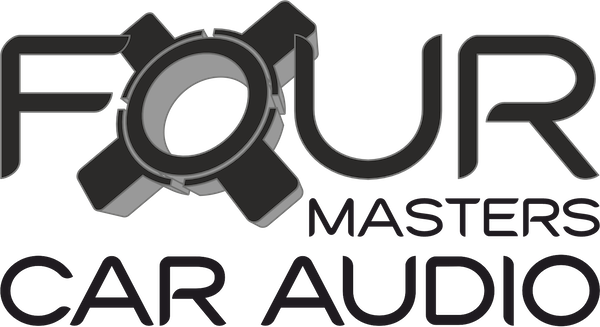
Stage Show!
Part 1
Listening to music can often go beyond the artistic element of a song or piece. Many people these days enjoy a very wide range of music compared to recent decades passed, when genre preference was often dictated by the personality of the musician and most regrettably, how they look on video!
When recording a piece of music, a great deal of expertise and effort goes into the placement of each individual source of sound. However, placement is not the beginning and the end as each sound source also needs to be given its own space in order to make it clearly identifiable from other sounds around it.
Placement is, however, where we begin. Most audio systems, whether home or car-based, tend to feature a balance control. This moves the sound from the middle to either the right or left. In a recording studio, one of these exists for every channel of the recording. In studio-land it is called a “pan” control but it does the same thing for each individual sound as a balance control. It is possible therefore, to place each instrument with great precision to the place that the musical piece requires whether this be an accurate representation of where that sound would come from during a live performance or simply for effect.
Before the advent of commercially available domestic stereo equipment, circa 1964, most recordings were mono. This meant that positioning individual sounds to create a soundstage was simply not possible. However, once the floodgates were opened, the creation of a realistic or artistically desirable soundstage became an essential part of the sound engineer’s armoury. Early attempts were pretty basic with instruments being hard-panned left or right as in the early Beatles stereo recordings. Latterly, rock musicians had a great deal of fun using pan controls dynamically and having guitar solos or other sounds whizzing left and right across the soundstage as in Led Zeppelin’s “Whole Lotta Love”.
Engineers and sonic purists involved in recreating acoustic performances such as classical and jazz took a far more serious approach particularly when recording live performances. The layout of a symphony orchestra has been pretty much the same since the 18th century changing only to introduce new instruments as they became popular. We have visited this layout in previous issues. Essentially, quiet, high frequency generating instruments are positioned at the front while loud and bass-heavy instruments sit toward the rear. The commercial availability of stereo allowed those involved in recording these genres to retrospectively place instruments where they wanted. However, many chose what they considered a more honest approach by using as few microphones as possible and positioning them to provide the recording with a natural impression of where each instrument came from in the first place.
The results even in the early days were revolutionary. Listeners were treated to a far stronger connection to the music and quickly stage width became essential across all musical genres.
When it comes to the car as a listening environment, the technical challenges become much harder due to speaker positioning but also the poor quality of the speakers and electronics employed by car manufacturers. Many car designers forget or do not care about the musical qualities of the audio equipment they use. Speakers are often found firing toward feet or knees while the same ill-thought-out speaker positions have sound firing across the car rather than toward the listener. The resultant sound is often a mushy undefined mess of sounds arriving from the outer edges of the speakers often accompanied by potentially damaging amounts of clipping of the original audio, particularly once the level is turned up to overcome road and wind noise.
Despite these challenges, there are specialist audio equipment manufacturers who manage to overcome many of the inherent problems to provide listeners with more music and less noise. In part two of this article we look a bit deeper into instrument separation and why it is so essential to the enjoyment of music, above and beyond the introduction of heavy bass which many see as the panacea to horrible car audio.
Find out what our partner, The FOUR MASTER Network, can do to bring Hi-Fi quality to your car. Simply put some brief details into the form below.
Not ready for that yet? You can use the same form to book a demonstration at your home, place of work or with your local FOUR MASTER
